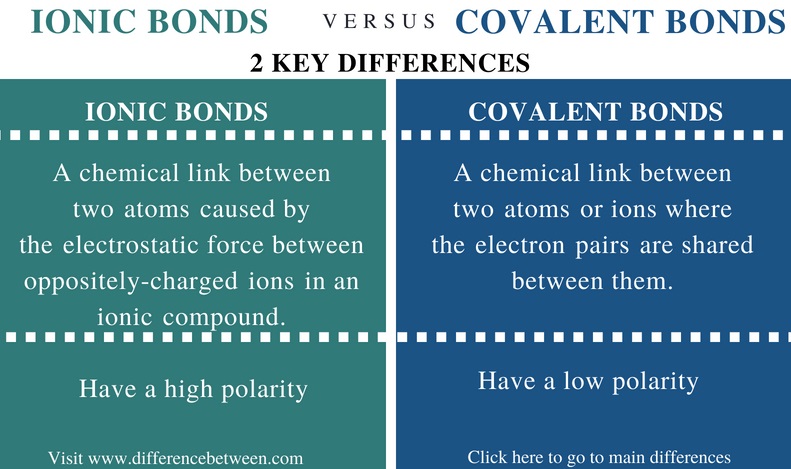

For example, S 2 – ions have the 2 −Ĭharge state because sulfur has six outer-shell electrons, and eight minus six is two. The nonmetal elements of ionic compounds ordinarily get a negative charge state equal to eight minus

M g 2 + ions have the 2 + charge state because magnesium For example, N a + ions have the 1 +Ĭharge state because sodium is a group one element. Metal ions ordinarily have a positive charge state that matches We can determine the charge state of a positive ion in an ionic compound from its Sodium hydroxide, potassium hydroxide, and ammonium hydroxide Sodium carbonate, potassium carbonate, and ammonium carbonate Silver chloride, silver bromide, silver iodide, lead chloride, lead bromide, and lead iodide Lead sulfate, barium sulfate, and calcium sulfate Table 1: The solubility of metal salts in water. So, sodium oxide has the chemical formula N a O 2. The compound can only have no overallĮlectric charge if it has two N a + ions for each It has twice as many sodium ions as oxygen ions since N a + ions have theġ + charge state and oxygen ions have the 2 − charge state. Sodium oxide is a metal oxide and an ionic compound with an unequal number of positive and negative ions.

So, the compounds must have an unequal number of oppositely charged ions to have no overall electric charge and be stable. Ionic bonds are formed by the combination of positive and negative ions the combination of these ions form in numerical combinations that generate a neutral (. Some contain metal and nonmetal ions whose charge states are not equal and opposite. Not all ionic substances have the same number of positive and negative ions. Option A shows the electronic configuration of the M g 2 + M g 2 + ion during the reaction, while reactant oxygen atoms become The reaction process occurs as twoĮlectrons move over from magnesium atoms to oxygen atoms. Magnesium forms magnesium oxide when it reacts with oxygen. The electronic configuration diagram in question is for a magnesium atom, as it shows twelve electrons. The electron number of sodium decreases by one and the electron number of chlorine increases by one. Positive N a + ion when it loses a single outer-shell electron during the chemical reaction process.Īll the reactant chlorine atoms turn into negative C l – ions as they gain these single outer-shell electrons. The compound sodium chloride forms when outer-shell electrons leave metallic sodium atoms and combine with nonmetal chlorine atoms. So, the answer must be electrostatic attraction. They are stable because of the electrostatic attraction forces between their ions. The ionic compounds are the combination of these oppositely charged ions. The movement of outer-shell electrons makes complementary positive and negative ions. Ionic compounds form when electrons move between atoms during a chemical reaction process. What type of attraction exists between a positive ion and a negative ion in an ionic bond? Answer Example 2: Describing the Attraction between the Ions of an Ionic Bond


 0 kommentar(er)
0 kommentar(er)
